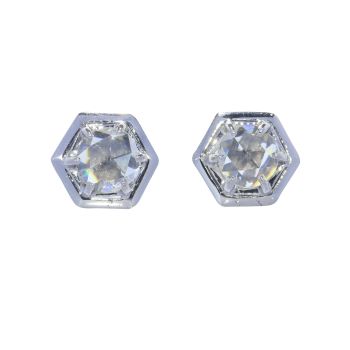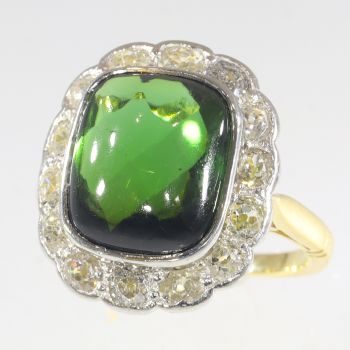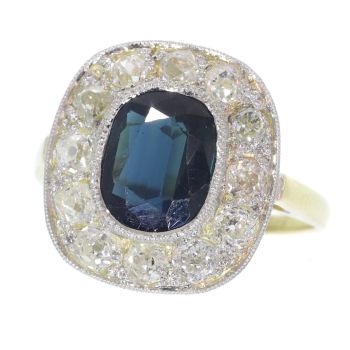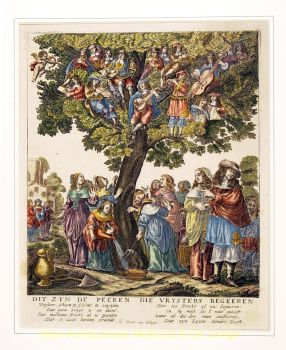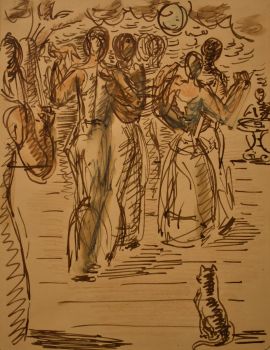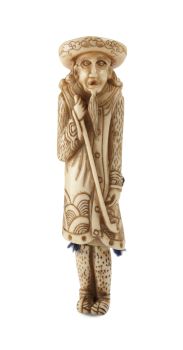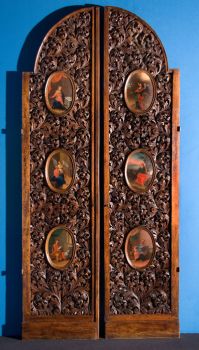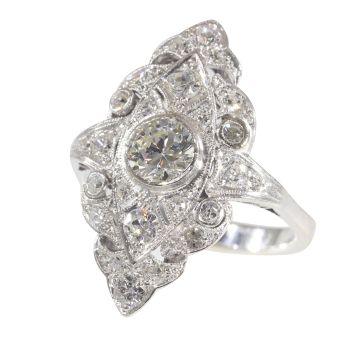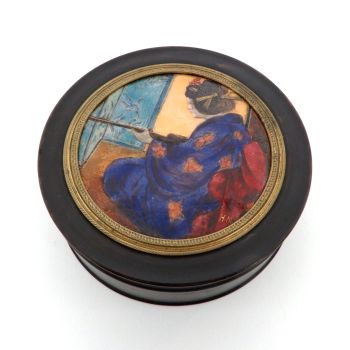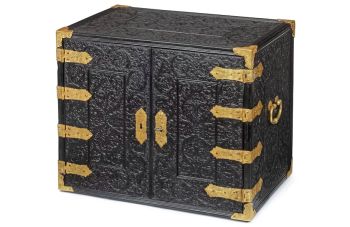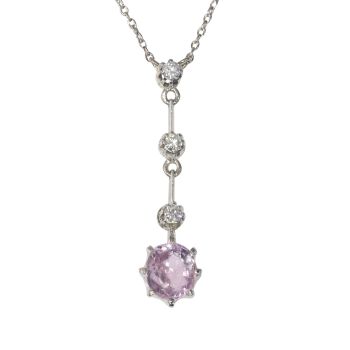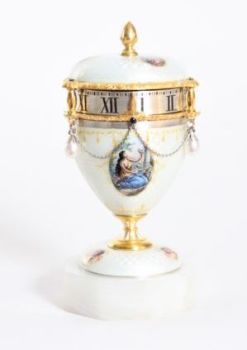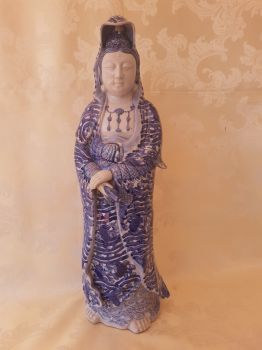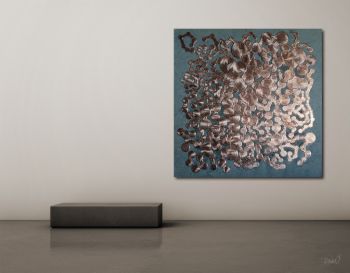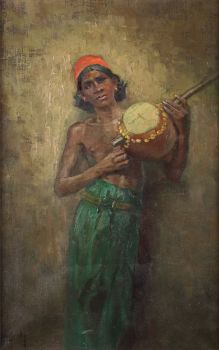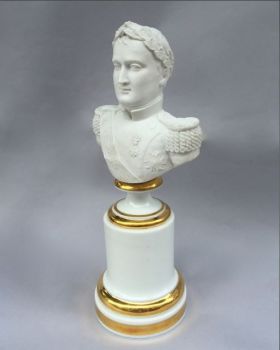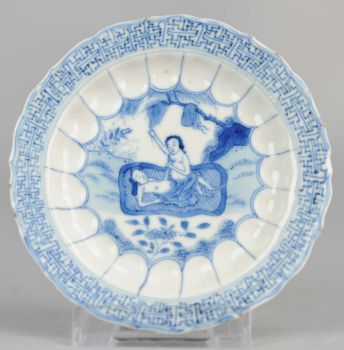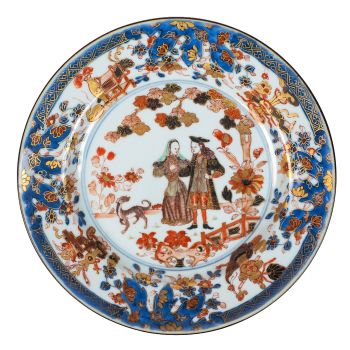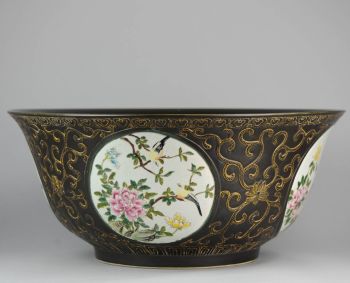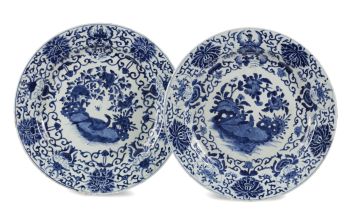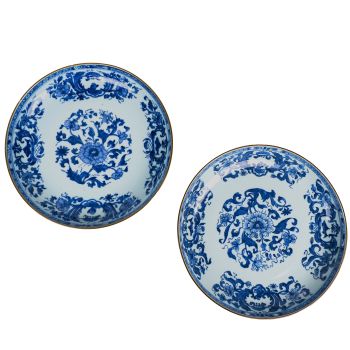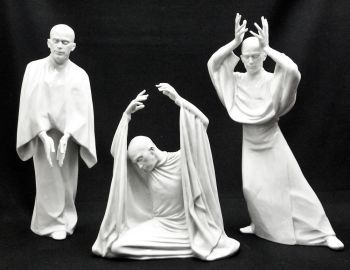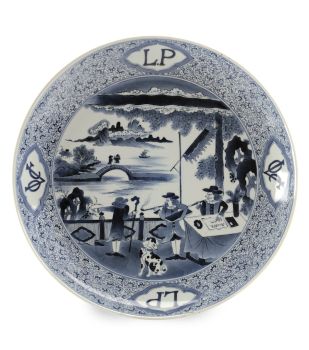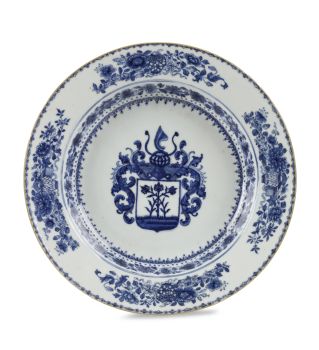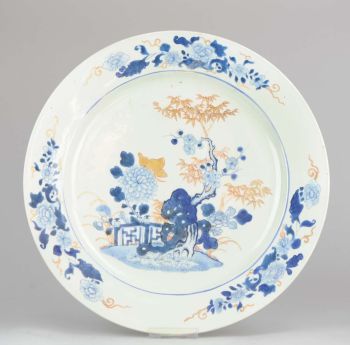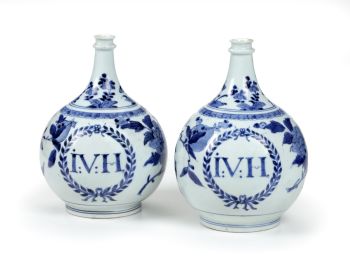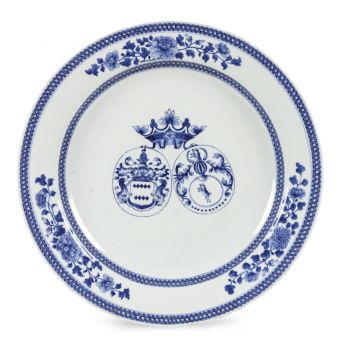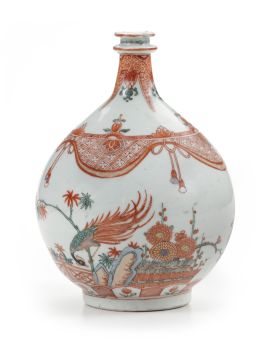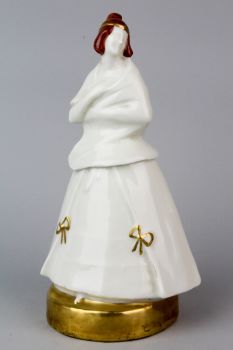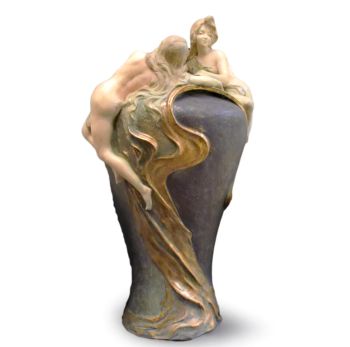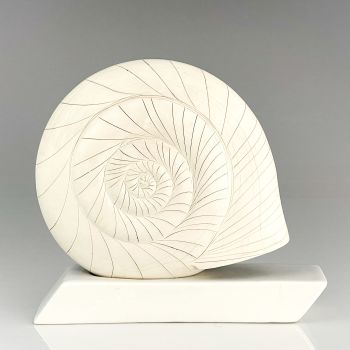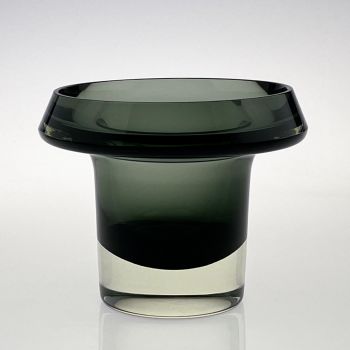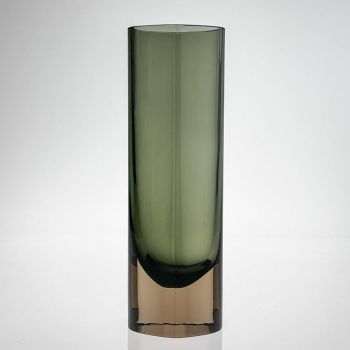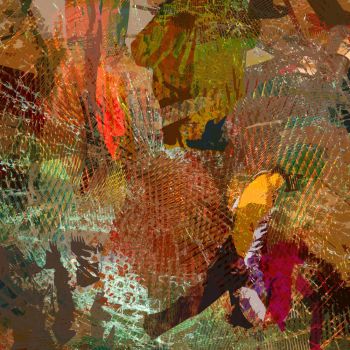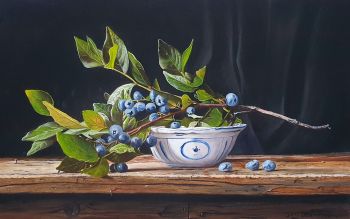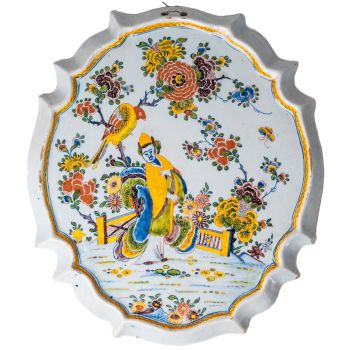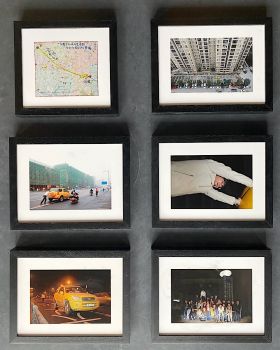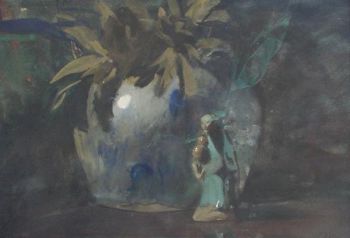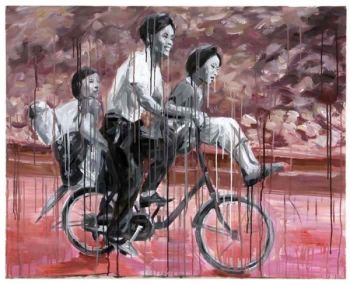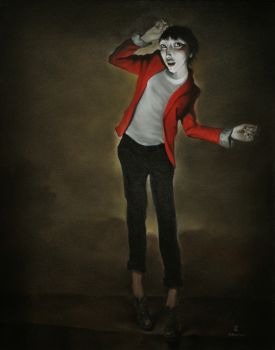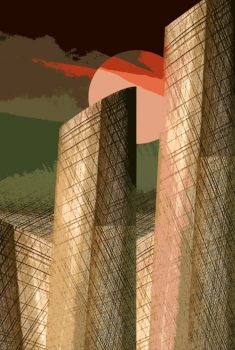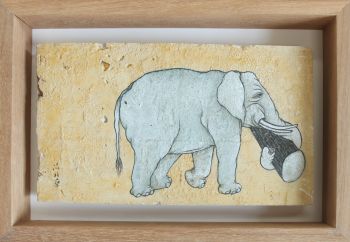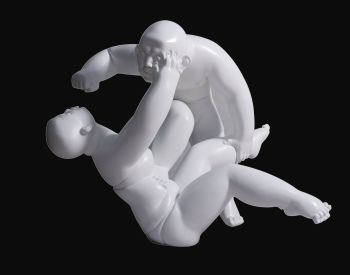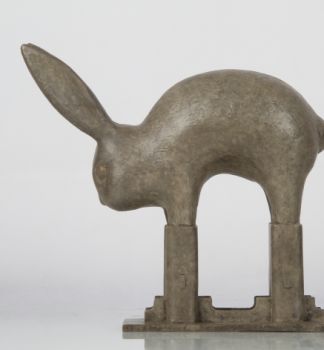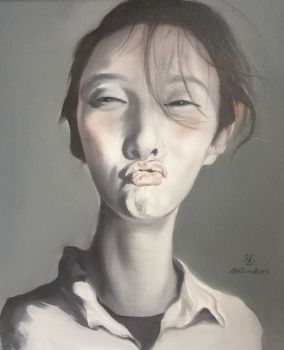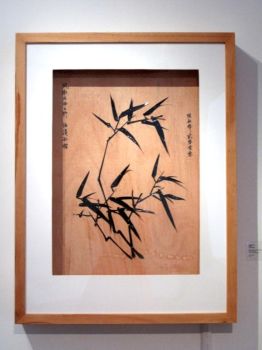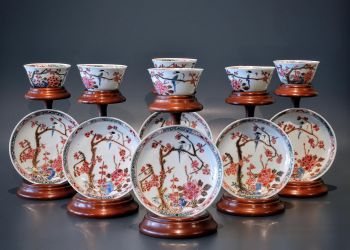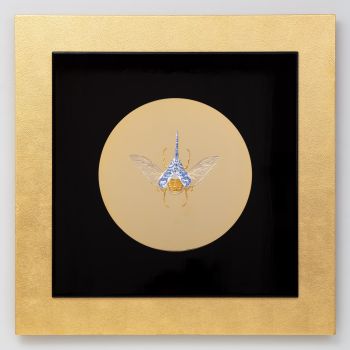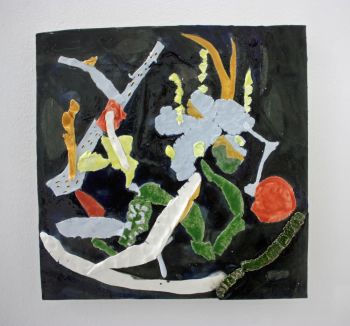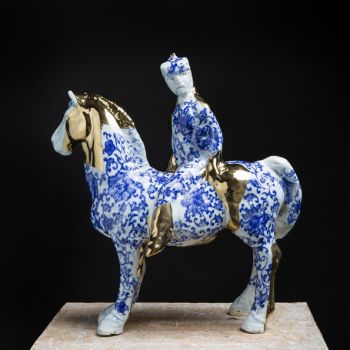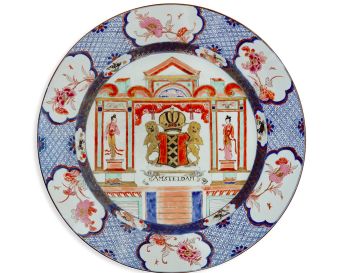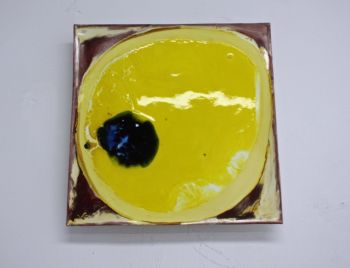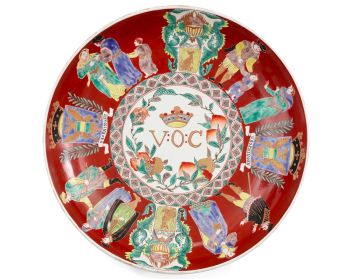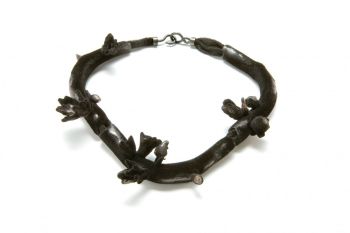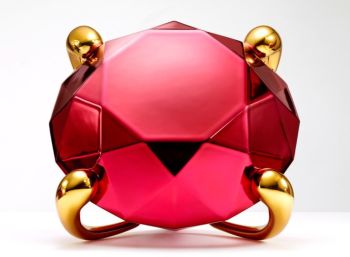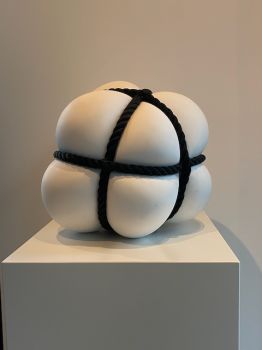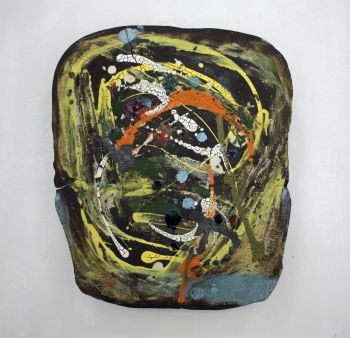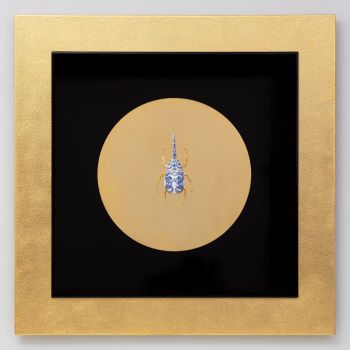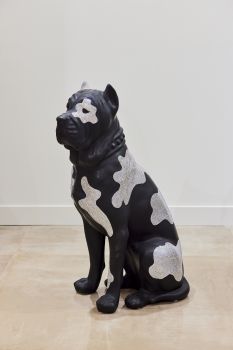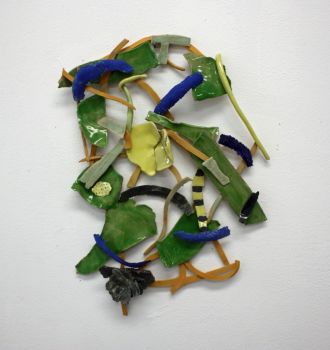A Chinese porcelain blue and white 'Mantou Xin' bowl, Kangxi period (1661-1722) 1700 - 1720
Artiste Inconnu
Porcelaine
7.10 cm, ø 19.20 cm
ConditionGood
Prix sur demande
Menken Works of Art
- Sur l'oeuvre d'artA blue and white bowl with various Taoist symbolic decorations.
Kangxi period (1661-1722), ca. 1700-1720, China.
The low bowl with interesting convex centre and flared wall.
Inside showing four figures representing Lan Caihe holding a ruyi and a flower basket, slung on a hoe (ancient farming tool) over the shoulder. The convex centre surrounded by a band showing the Eight Treasures (pearl, rhinoceros horn, shell, fishes, never-ending knot, books and a coral stick).
The outside with a band of Wan or Swastika’s in relief with the recess background cleverly showing the biscuit of the porcelain. Underneath the upper swastika band showing the Flowers of the Four Seasons. Underneath the flowers a band of ruyi heads, the bowl resting on a high footring with concave centre.
About Lan Caihe:
Lan Caihe is one of the eight Taoist immortals and the patron saint of florists and gardeners. Sometimes portrayed as a woman, other times as a hermaphrodite, Caihe is a symbol of elusive pleasure and represents innocence and happiness. It is said Lan Caihe wandered the streets as a beggar in worn clothing and with one foot bare, denouncing the elusive pleasures of this fleeting life.
About the Eight Treasures:
Also known as ba bao, this early motif of eight symbols was not merely a decorative pattern that occurred on Chinese works of art, but originally had a symbolic importance reflecting aspirations for status, wealth, and position as well as philosophic allegiance.
About the Flowers of the Four Seasons:
This representation is frequently seen in paintings or depictions on porcelain. A flower or plant representing each of the seasons: plum blossom for winter, grass orchid for spring, lotus for summer and chrysantemum for autumn.
About the Wan or Swastika symbol:
The Wan has been used as a design motif in every imaginable medium. In spite of contrasting views on its origin, it is historically tied to Buddhism and in Chinese folklore it symbolised good luck and eternal abundance. The term Swastika is derived from the Sanskrit su “well” and as “to be”, meaning “so be it” and denoting resignation of the spirit. It is styled the “ten thousand character sign” (wànzì) and is said to have come from heaven. It is described as “the accumulation of lucky signs possessing ten thousand efficacies”. It is also regarded as the symbol or seal of Buddha’s heart and is usually placed on the heart of Shâkyamuni Buddha.
Provenance:
From a private Dutch noble collection.
Identical bowls can be found in several museum collections:
Victoria & Albert Museum London (accession number C.941-1910)
The Frick Collection, New York (accession number 1965.8.75)
Rijksmuseum Amsterdam (object number AK-NM-6845)
Groninger Museum (object number 1899.0360)
Museum Arnhem (inv. nr. GM10.412).
Lit:
Hartog, Stephen - Pronken met Oosters Porselein, p. 67 / nr. 49.
Dimensions:
Diameter 19.2 cm, height 7.1 cm.
Condition (DM for more condition pictures):
Four chips on the mouth rim, furthermore in perfect condition.
Inv. No: A00389 - Sur l'artiste
Il peut arriver qu'un artiste ou un créateur soit inconnu.
Certaines œuvres ne doivent pas être déterminées par qui elles sont faites ou elles sont faites par (un groupe d') artisans. Les exemples sont des statues de l'Antiquité, des meubles, des miroirs ou des signatures qui ne sont pas claires ou lisibles, mais aussi certaines œuvres ne sont pas signées du tout.
Vous pouvez également trouver la description suivante :
•"Attribué à …." A leur avis probablement une oeuvre de l'artiste, au moins en partie
•« Atelier de …. ou « Atelier de » À leur avis, une œuvre exécutée dans l'atelier ou l'atelier de l'artiste, éventuellement sous sa direction
•« Cercle de… ». A leur avis une oeuvre de la période de l'artiste témoignant de son influence, étroitement associée à l'artiste mais pas forcément son élève
•« Style de … ». ou "Suiveur de ...." Selon eux, une œuvre exécutée dans le style de l'artiste mais pas nécessairement par un élève ; peut être contemporain ou presque contemporain
•« Manière de… ». A leur avis une oeuvre dans le style de l'artiste mais d'une date plus tardive
•"Après …." A leur avis une copie (quelle qu'en soit la date) d'une oeuvre de l'artiste
•« Signé… », « Daté… ». ou « Inscrit » À leur avis, l'œuvre a été signée/datée/inscrite par l'artiste. L'ajout d'un point d'interrogation indique un élément de doute
• "Avec signature ….", "Avec date ….", "Avec inscription …." ou "Porte signature/date/inscription" à leur avis la signature/date/inscription a été ajoutée par quelqu'un d'autre que l'artiste
Êtes-vous intéressé par l'achat de cette oeuvre?
Artwork details
Related artworks
- 1 - 4 / 12
HUGO VILFRED VON PEDERSEN
Gadesanger fra Singapore (Musician from Singapore)1870 - 1959
Prix sur demandeZebregs & Röell - Fine Art - Antiques
1 - 4 / 10- 1 - 4 / 24
Jan Voerman sr
Still Life with flowers in a Chinese figurine1850 - 1900
Prix sur demandeKunsthandel Pygmalion
Artiste Inconnu
Series of 6 Chinese cups and saucers (Yongzheng period)1722 - 1735
Prix sur demandeKuipers Kunst & Antiek
1 - 4 / 24Samuel Dejong
Anatomia Blue Heritage, Hercules Open2017 - 2019
Prix sur demandeVilla del Arte Galleries
 Sélectionné par
Sélectionné parGallerease Magazine
Artiste Inconnu
A large Japanese Imari porcelain 'VOC Groningen' dish1800 - 1925
Prix sur demandeZebregs & Röell - Fine Art - Antiques
Samuel Dejong
Anatomia Blue Heritage, Atlas Closed2017 - 2019
Prix sur demandeVilla del Arte Galleries
1 - 4 / 24Artiste Inconnu
Chinese gilt bronze censer, Xuande mark, 18th century, Qing dynasty18th century
Prix sur demandeMenken Works of Art
1 - 4 / 6



